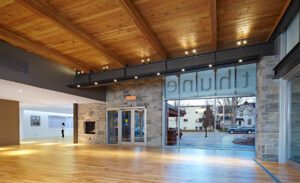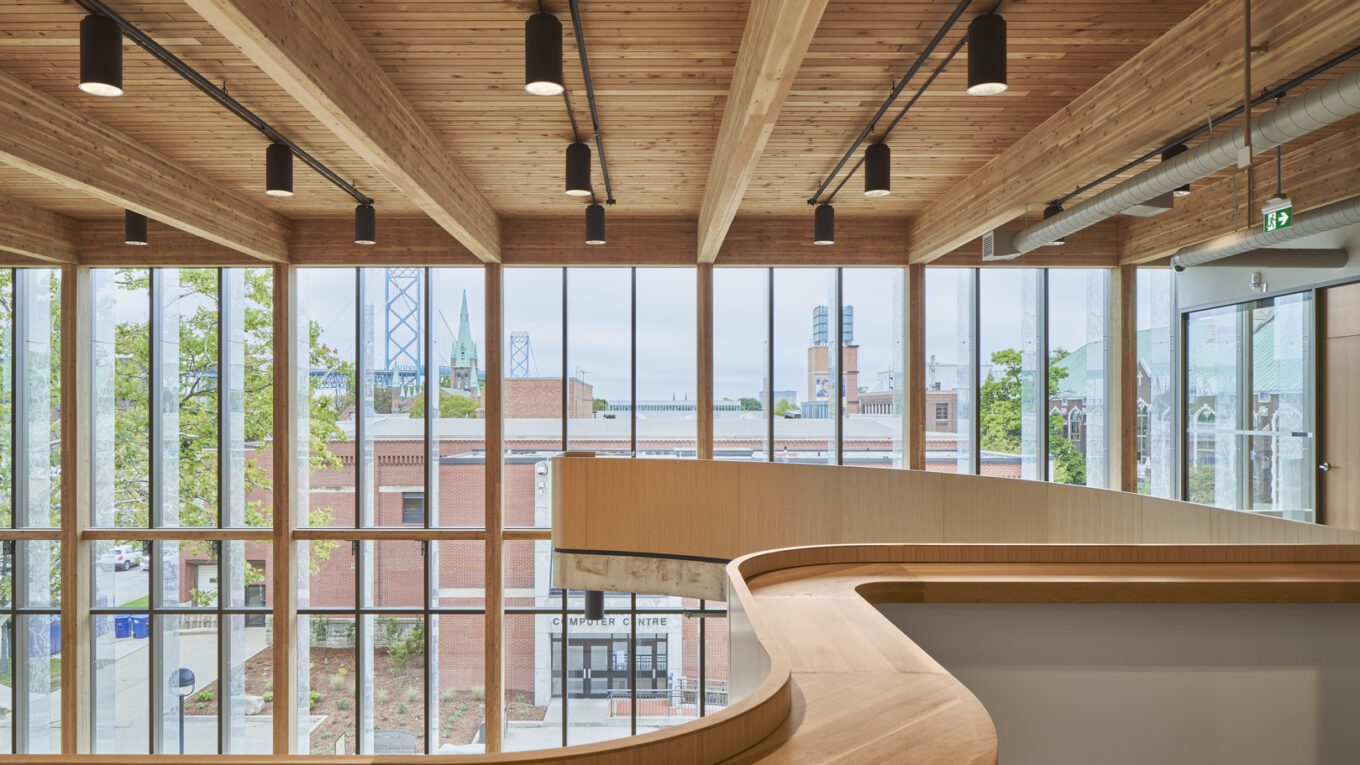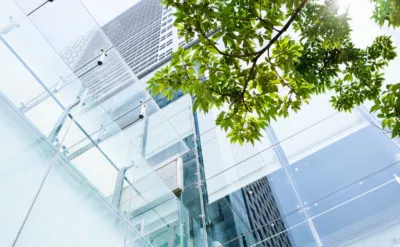NORR Structural has recently published its third Embodied Carbon Action Plan. It is another milestone on the long road ahead where our team is trying hard to make a small difference in tackling the existential global warming challenge facing the world.
Today, carbon dioxide levels in our atmosphere are considerably higher than they have been in the past 800,000 years. Per the IEA/UN Global Status Report for Buildings and Construction 2019, the building and construction sector contributes 11% of the entire CO2 emissions worldwide, a number that needs to improve. As architects and engineers, we have a responsibility to our local and global communities to reduce the impact of designs we are entrusted with, whether new or renovations.
A lot has been done to save on buildings’ operational energy; however, Architecture 2030 estimates that embodied carbon emissions of new constructions over the next 30 years, will be equivalent to operational carbon emissions over the same period. Embodied carbon is that emission which is associated with the extraction of raw construction materials and henceforth their fabrication, transportation, erection and finally deconstruction at the end of life. In other words, about half of the carbon emissions would have already taken place by the time the building is commissioned and occupied. Clearly then, the design decisions that a structural engineer is a party to significantly influence the magnitude of a building’s lifetime carbon emissions.
How can we reduce the impact on the carbon footprint?
There are several avenues to explore to reduce embodied carbon. It starts with the endeavor to reuse building stocks instead of constructing new ones. Whether it is a new-built or a renovation, however, architects and engineers should strive to limit the use of carbon-intensive materials, choose carbon sequestering alternatives, specify low-carbon concrete mixes and use high-recycled content materials. Even the good practice of maximizing structural efficiency results in the reduction of embodied carbon.
In December 2021 NRC published Strategies for low carbon concrete: primer for federal government procurement: low carbon assets through life-cycle assessment (LCA)² initiative. The publication outlines best practices for low embodied carbon concrete including performance-based concrete mixes requirements, material efficiency, use of Portland-limestone cement, maximizing the use of supplementary cementitious materials, maximizing recycled content in reinforcing steel, specify different age strengths, aggregate optimization, use of water reducing admixtures and recycling / reuse of crushed concrete. SEI/SE2050 provides guidelines that allow practical incorporation of similar strategies. A growing number of resources can now be found on the subject such as 1, 2, 3, 4, 5, 6.

Is there a material we should be giving more consideration to?
Concrete and steel advocates make the case for how these materials can be applied in an environmentally responsible manner. Many such arguments are valid and deserve careful consideration. NORR has adopted the use of One Click LCA, a life cycle assessment software that provides a cradle-to-grave understanding that guides NORR designers and clients with the means to make important choices of selection of materials and systems. Of note is the exceptional excitement about wood as the most environmentally friendly construction material. As engineers, we are convinced by numbers and there is one number that is striking when comparing wood to say steel. The production of 1 kg of steel, even while allowing for the typical recycled content, results in the emission of about 1.8 kg of CO2. Curiously and coincidentally the production of wood, which is the process of growing trees, entails capturing and storing this same amount of 1.8 kg of CO2 for every 1 kg of construction timber. Of course, for this advantage to hold, it is to be assumed that this wood comes from replenishable trees that are FSC (Forest Stewardship Council) certified and that the wood at the end of the building’s life will be recycled rather than being incinerated or buried in a landfill. NORR has recently completed the preliminary design of a pioneering multi-story timber Federal building in Ottawa that is to be a flagship for such environmentally responsible development in the capital region.
How are structural engineers at NORR helping?
NORR’s stated mission, in part, is the pursuit of a socially aware, environmentally responsible and financially viable architecture and engineering design solutions. Our mandate to achieving that is to understand the issues involved, fine-tune the design and document the LCA of embodied carbon in every new construction and rehabilitation project. That can only be successfully done in partnership between the architect, engineer, client and other stakeholders.



